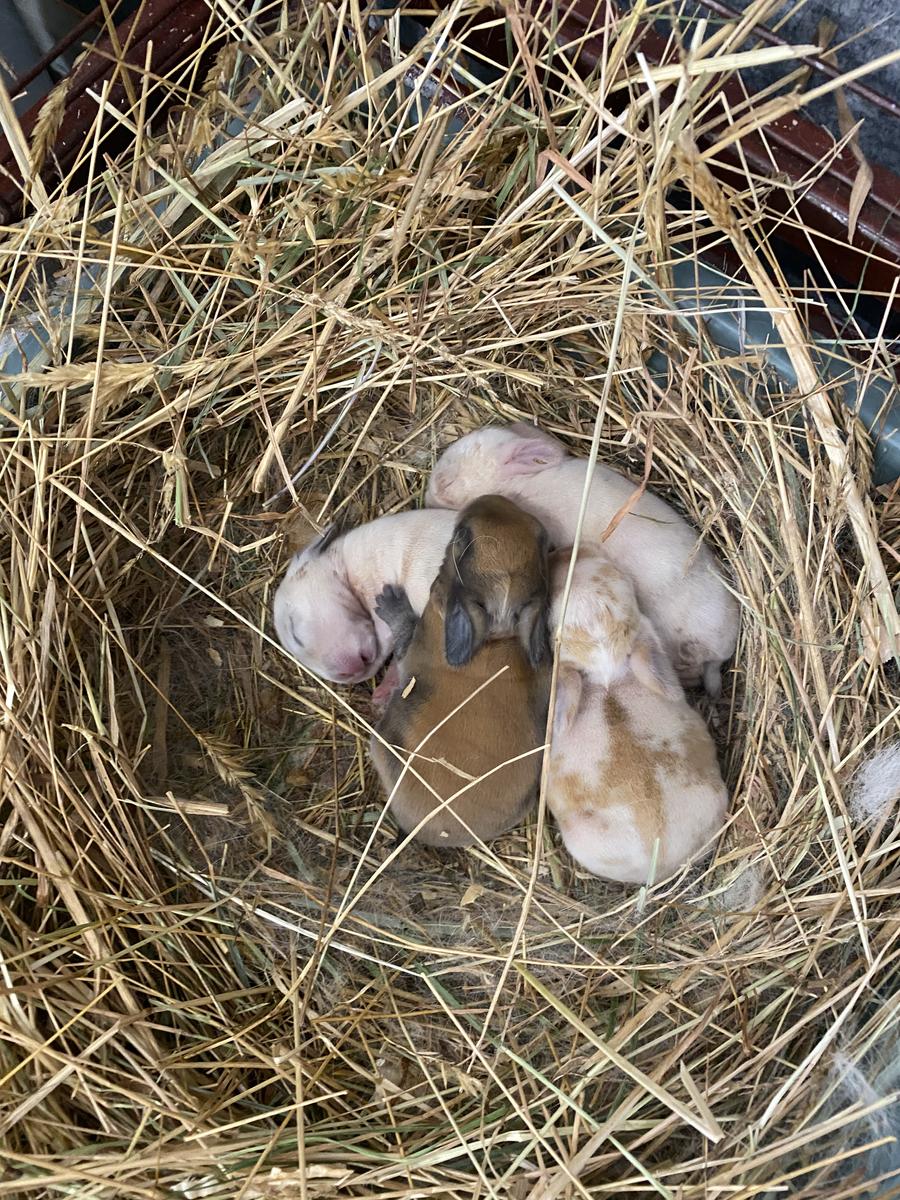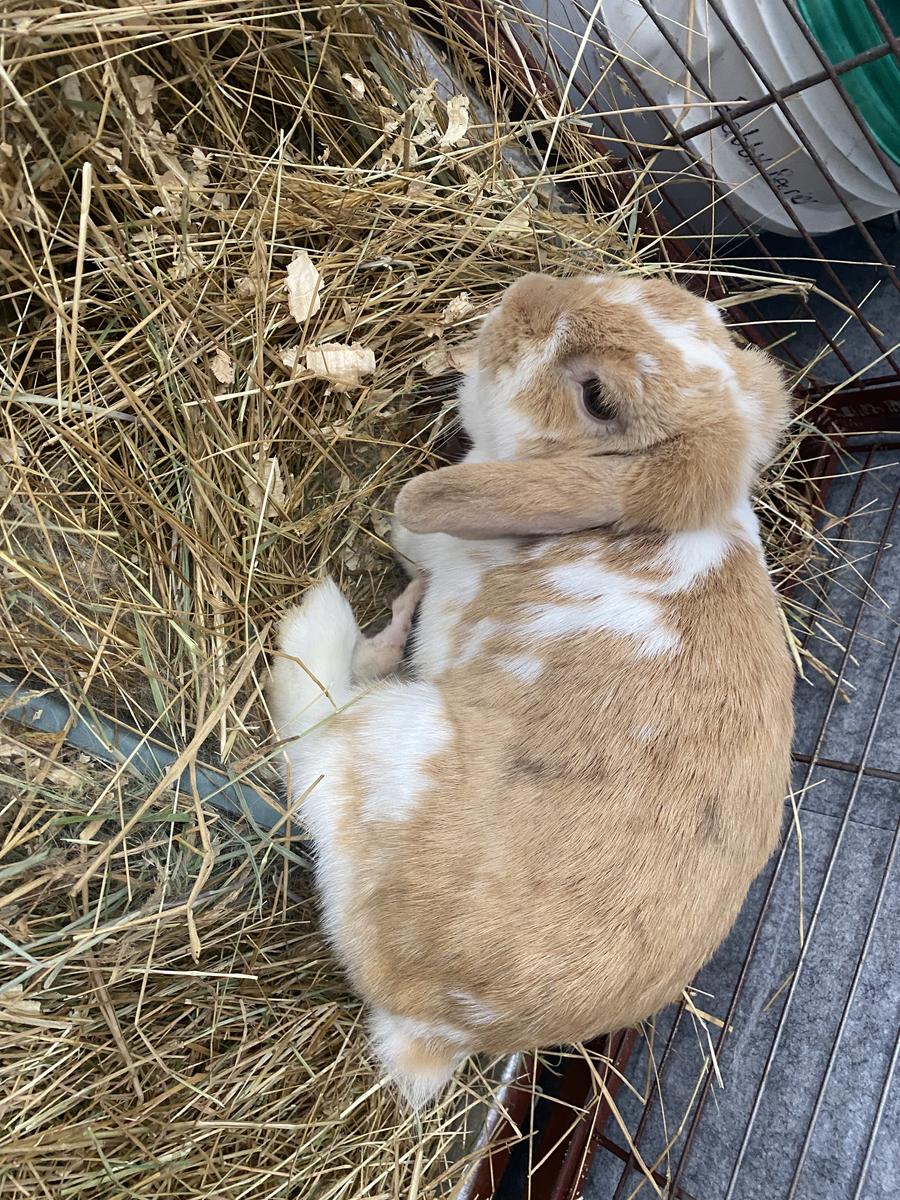Curriculum Corner
By Anat Garzberg-Grant

Curriculum Corner
By Anat Garzberg-Grant
Hands on Learning provides opportunities for students to learn through their experiences, allowing them to immerse themselves in the learning through the use of skills and information encouraging collaboration and critical thinking.
This Term our Year One students have been exploring different environments / habitats to develop an understanding of:
To generate rich hands-on-learning experiences for the students, students were provided with the opportunity to adopt a class pet to experience their learning in action. Students were given the opportunity to have Voice in deciding the pets in each class. The outcomes were then shared with company ‘Animals on the Move,’ who provided pets at various stages within the life cycle. This provided students with a fantastic learning opportunity where they were experiencing their learning in action- rather than just hearing about it.
Here is a snapshot of the outstanding learning from each class:
1A: Chicks
“I loved learning how they always peck to get their food!” Myraa
“In Prep I did not know what hens and roosters look like. You can tell that it is a not hen because a rooster has a huge tail, a bigger comb and wattle.” Thenura
“I couldn’t believe that chickens can fly short distances!’ Prabhav“Did you know there are sixty-five different types of chickens? One of them is called the silky!” Ishana
“I learnt that the incubator is needed because the hen is not there to keep the eggs warm. The humidity in the incubator makes the eggshell softer for the chicks to break through.” Kiyaan
“Inside the egg when the embryo is growing we discovered that on Day 3, The heart starts to beat” Eric


















1B- Blue tongue Lizard
"I learnt that blue tongue lizards are born straight out of their mum's belly but types of lizard come out of eggs"- Soha
"I learnt that daddy lizards do push ups and push their necks to show the other lizards that they are a good and strong daddy that can look after their family." - Vihaan
"When we had Andrew in our classroom, we learnt what he needs to survive and thrive."- Kashti
"I liked seeing Andrew's blue tongue because it was cool, and he used it to scare predators away." - Amesh




1C – Frogs
“They have long legs to jump and swim.” Kridha
“Burrowing Frogs eat crickets, worms and other insects.” Ryleigh
“Burrowing Frogs live on land and in water, they dig holes to hide.” Josh
“Frogs get water through their skin.” Amaira
“Bright coloured frogs are often poisonous.” Max


1D- Guinea Pigs
“Guinea pigs sometimes eat their own poop because it has nutrients” – Liam and Abisshna
“They sleep with their eyes open because they are prey animals. They are scared” – Samiksha
“Guinea pigs sometimes [urinate] on other guinea pigs to show that they are stronger” – Harin
“They hide in the green house because they feel shy and scared” – Smayan & Mahi
“Newborn guinea pigs are born with their eyes closed” – Jiaan






1E- Rabbits
“Some rabbits can jump further than us, like two metres!”- Karl
“The rabbit (Kit) is delicate” – Abha
“A rabbit’s teeth never stop growing.”- Aria
The Mummy (Bo Peep) gives her babies milk from her tummy.”- Nethuli
“When rabbits are born, their eyes and ears are closed”- Uyana














This has then transferred through to their learning of Information Reports, where students used their learning to generate authentic authorship based on their new understandings. Students had choice in their approach to information report presentation – some selecting informative narratives, comic strips, and traditional information report presentations of learning. Laksh (1B), Riley (1C) and Jayden (1E) have shared their literacy learning below:







